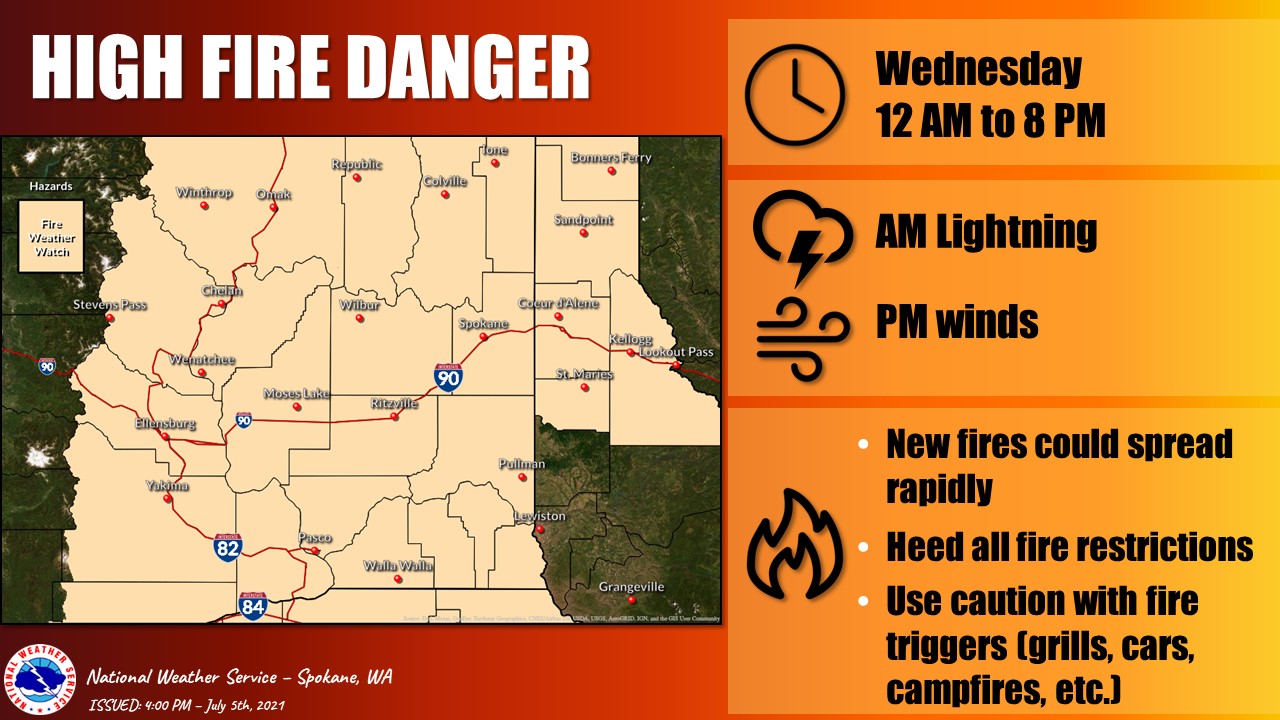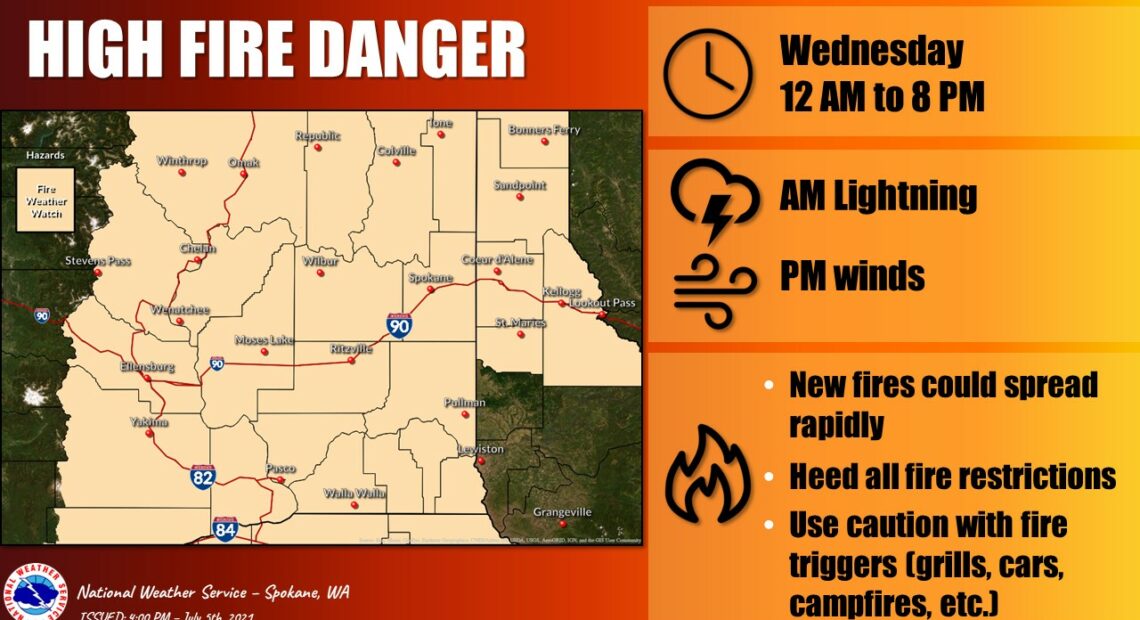
Washington Governor Issues Wildfire Emergency, Wider Burn Ban As Hot, Dry Conditions Persist
READ ON
ALSO SEE: Northwest Wildfire Coverage And Resources From NWPB
First a drought. Then record heat. Now Washington Gov. Jay Inslee has declared a statewide wildfire state of emergency.
With few exceptions most outdoor and agricultural burning will be prohibited through September. The governor is making a few exceptions for the use of gas-fueled stoves with certain precautions and charcoal grills at private residences if done away from vegetation and flammable surfaces. But otherwise this is a statewide prohibition on burning.
I am declaring a wildfire state of emergency, with a limited burn ban. We’ve experienced record-breaking heat, a drought is likely to follow. We don’t want a repeat of recent years with dangerous wildfires across the state. READ: https://t.co/LNKdQMjZM6
— Governor Jay Inslee (@GovInslee) July 7, 2021
The proclamation also activates the Washington National Guard if needed to assist with fighting wildfires. Inslee says he’s taking this action because of abnormally high temperatures and dry weather which have led to dangerous fire conditions statewide.
A Red Flag Warning for high fire danger is in effect for much of the Inland Northwest east of the Cascades due to possible thunderstorms, lightning and wind late Tuesday night through Wednesday.
Related Stories:
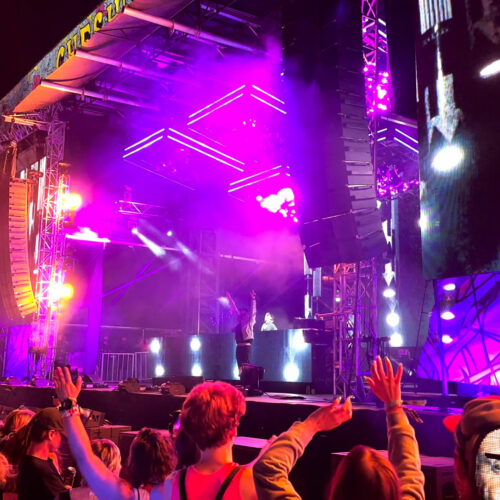
Fire at Odesza Gorge concert lasted for five minutes, law enforcement officials say
This file photo from June 17, 2023, shows Sub Focus performing at the Gorge Amphitheatre. (Credit: Northwest News Network file) Listen (Runtime :53) Read This past holiday weekend turned fiery
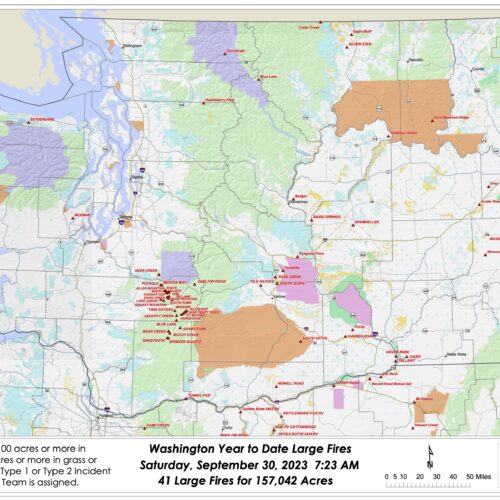
What impacts did wildfires have on the Northwest this summer?
Autumn has knocked on our doors and crossed our thresholds. With its arrival comes wetter, colder, darker days — perhaps some pumpkin-flavored treats as well — and hopefully, fewer wildfires. Heavy recent rainfall has dropped the wildfire potential outlook down to normal for the Northwest, according to the National Significant Wildland Fire Potential Outlook.
So, how did this summer fare compared to past fire seasons?
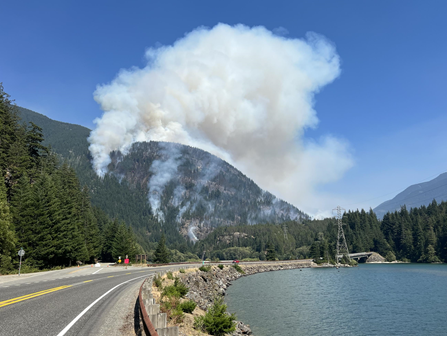
HWY 20 parcialmente reabierta: Bomberos trabajan activamente en la zona del incendio de Sourdough
La autopista estatal 20 había sido cerrada entre Newhalem y Rainy Pass, en el condado de Whatcom, ya que es el principal punto de acceso para los bomberos que trabajan en el incendio de Sourdough.

